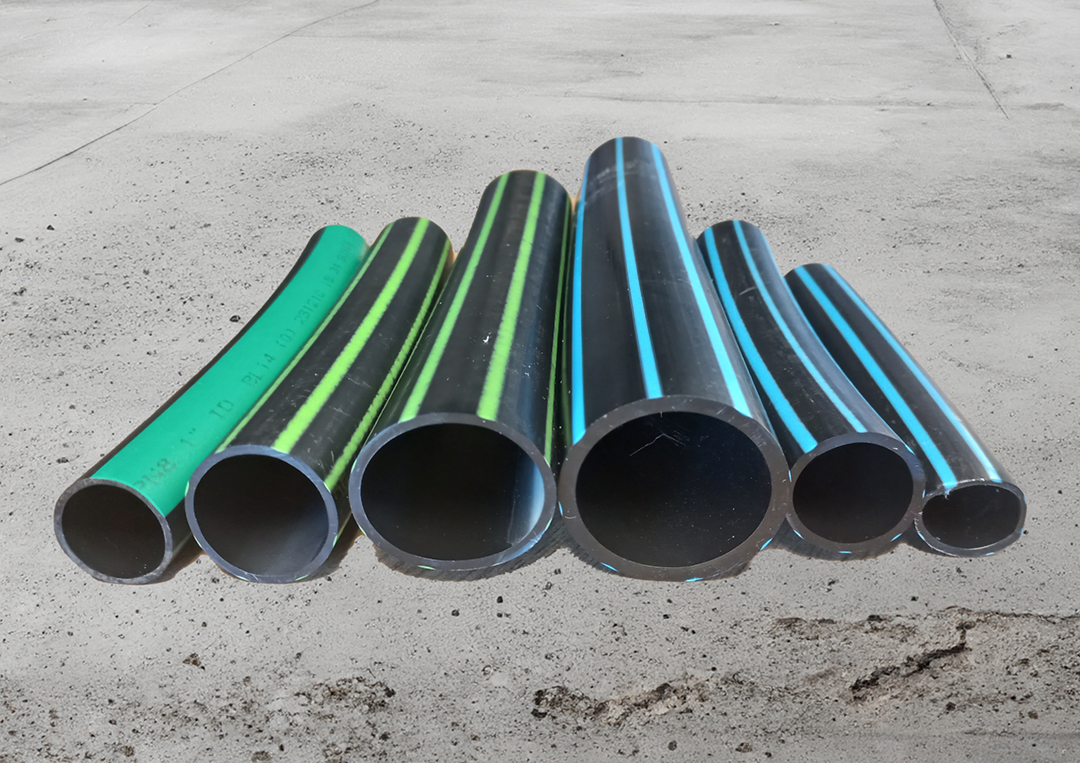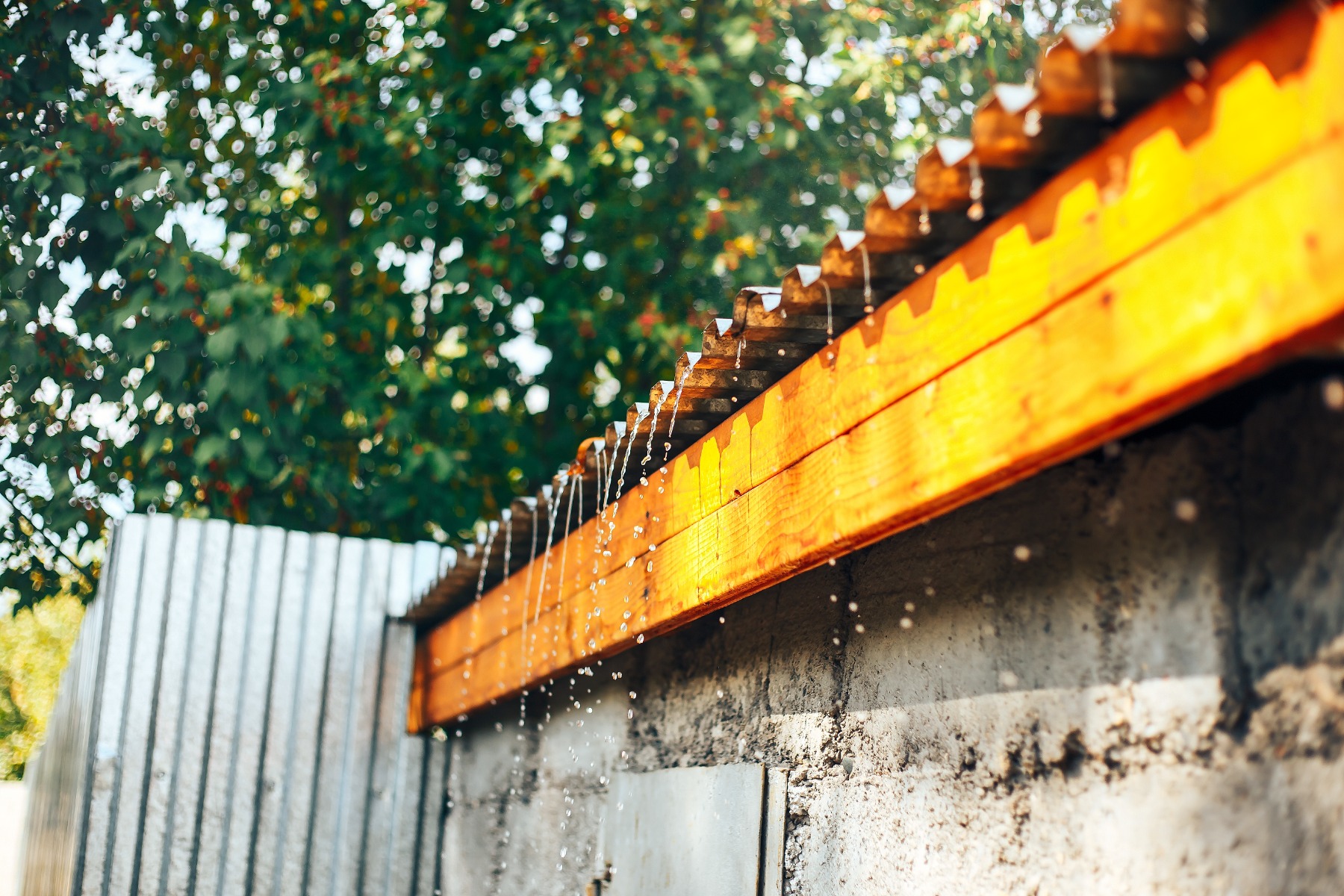The strength of a structure is not just a function of the material it’s made from but how it is shaped. Will a single sheet of paper support the weight of a book? If you roll the sheet into a cylinder and stand it on its end, it will easily support the weight of a book.
So why is this important when selecting a rainwater tank?
Sitting outside and full of water, you’d probably never think that your tank is continually expanding and contracting due to temperature variations and the changes in pressure caused by fluctuating water levels.
When the water inside the tank warms and cools, both the tank, and the water inside, either expands or contracts. This continual thermal expansion results in constant movement that, over time, can result in structural issues.
In addition, there is the effect of differential pressure - the difference in pressure between the inside and outside of the tank. The weight of water pushing downwards, and outwards varies with the water level in the tank. A tank that is full of water exerts more pressure on the base and walls than a half-full tank. In addition, the force of the water pushing against the walls of the tank has the effect of pulling the roof downwards.
Fluctuating thermal and differential pressures can subject the tank to cyclic loading, which can induce fatigue and stress. As the tank undergoes repeated expansion and contraction cycles over time, it can result in the loss of structural integrity, distortion of the tank shape, or even collapse.
A corrugated surface can be 40 times stronger than a flat one.
While the corrugated design of Rapid Plas tanks is attractive, its main benefit is the extraordinary strength of the tank walls which, when combined with the Crown ForceTM roof profile, creates unprecedented rigidity and strength.
On a like-for-like basis, a corrugated surface can be 40 times stronger than a flat one due to its structural design and the distribution of forces it can withstand.
The corrugations, which are alternating parallel ridges and valleys, provide additional stiffness and rigidity to the surface that resist bending and deformation under load. The shape of corrugations allows the surface to distribute applied loads more evenly across the structure. When a force is applied, the load is spread out along the ridges, which can handle higher stress compared to a flat surface, resulting in improved load-bearing capacity and overall strength.
The corrugated pattern provides an effective means of absorbing and dispersing energy from impacts. The ridges and grooves can deform slightly upon impact, dissipating the energy and reducing the likelihood of damage or failure.
Finally, corrugated surfaces use materials more efficiently compared to flat surfaces. The folded structure creates a higher strength-to-weight ratio, allowing for the construction of lightweight yet robust components.
The message is clear – engineering is important. In poorly designed poly tanks, over time, the continual movement exploits any weakness in the product and can result in a crack or, worse still, the entire tank could collapse.
A new era in rainwater storage
Rapid Plas have been manufacturing poly rainwater tanks in Tamworth for over 30 years. The result – the classic look and timeless beauty of an Australian corrugated tank but incorporating the most up-to-date engineering, manufacturing, and chemistry to produce a superb quality poly water tank and a new era in rainwater storage.
If you want to know more about our best-ever poly water tank, talk to our expert team on 1800 816 299 or email sales@rapidplas.com.au with your enquiry.















